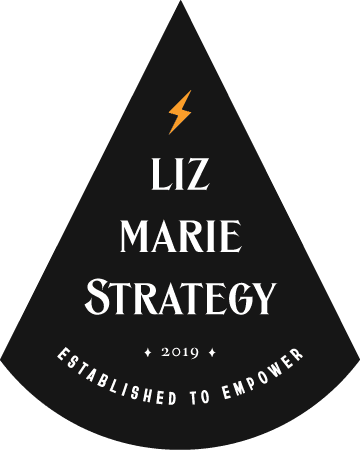Just say no to BORING, GENERIC & BORROWED brands! If you want your brand to stand out and make customers swoon, your brand personality is key. In this article, I’ll explain what brand personality is, how to define yours, and how to use brand archetypes–a super powerful shortcut–to build a brand that’s bursting in personality… and connects more deeply with your dream customers. Let’s go!
What is brand personality?
Think of your own personality and how you express yourself in the world. The way you dress, the way you talk, the way you act. Your unique characteristics that make you you. Those are all a part of your personality and your brand has a personality just like that. It’s one of the key factors in attracting the right customers who will fall in love with your brand.
Your brand personality is the set of human characteristics that bring your brand to life and make it unique. It’s how you express yourself to the world.
Is your brand personality different from your own personality?
If you are a solopreneur, you may be wondering about the difference between your brand personality and your own personality–especially if your company carries your own name.
In those cases, your company’s brand personality will naturally draw on a lot of your characteristics–especially the positive ones! But you also have the opportunity to lean into other traits that are more aligned with your business goals. Basically, you get the best of all worlds! The most important thing is to not be boring!
How to define your brand personality
Method One: Just describe your brand… literally, that’s it.
One of the first exercises you can use to envision your brand personality is actually to imagine your brand as a person! If your brand walked into a cocktail party, what would they be wearing? Who would they talk to? Would they be the life of the party or a wallflower? Describe it in as much detail as you can and then focus in on the adjectives.
When I create a brand strategy, the brand personality is simply a list of 6-10 adjectives. While that may seem simple, it becomes a very powerful tool when you’re starting to bring your brand to life.
For example, if you’re creating content for social media, you can use your brand personality as a checklist to see if what you plan to post is “on brand”. When communicated consistently over time, your brand personality creates an emotional association in the minds of your audience–just like when we get to know someone and build an impression of them in our heads.
Method Two: Use brand archetypes, the psychology-based shortcut!
One of the most powerful, easy-to-grasp tools that I use to help my clients define their brand personality is a set of patterns called brand archetypes. Think of it like a personality profile for your brand–a really powerful one.
Archetypes are universal organizing patterns that all people unconsciously understand, because they represent the range of basic human motivations. They draw on the symbols from stories, art, myths, religions or dreams that transcend time, culture, and personal context.
As our brains process new information, archetypes offer a familiar framework that helps us categorize and build understanding. We subconsciously say, “Oh, I know what that is. It’s kind of like this other thing I’m familiar with.” Not only does this help your brand become memorable more quickly, it actually makes it easier to identify points of difference from other brands. (For more background, check out this book by Margaret Mark & Carol S. Pearson )
3 Reasons to Use Brand Archetypes
1
Aligning your brand with an archetype makes it easier to instantly understand and identify. It draws on what is already familiar & compelling.
2
Archetypes help you clarify your target audience and how to communicate with them most effectively. By drawing on our innermost motivations, you can speak directly to the explorer, creator or caretaker within all of us.
3
Archetypes are aspirational, helping us create our own identities and live vicariously through a brand. They make us believe that we can be a hero if we buy some Nikes, or have enduring love if we give someone fine chocolates.
Which brand archetype are you?
So now that we understand why brand archetypes are so useful, let’s walk through them. There are twelve brand archetypes that strategists draw on to build brands.
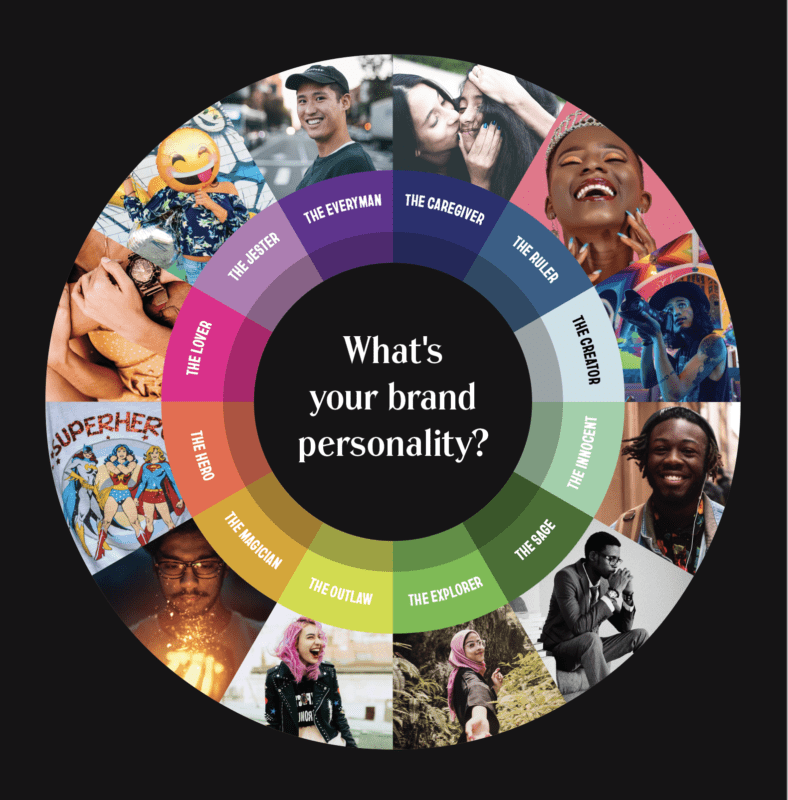
Meet the 12 Brand Archetypes
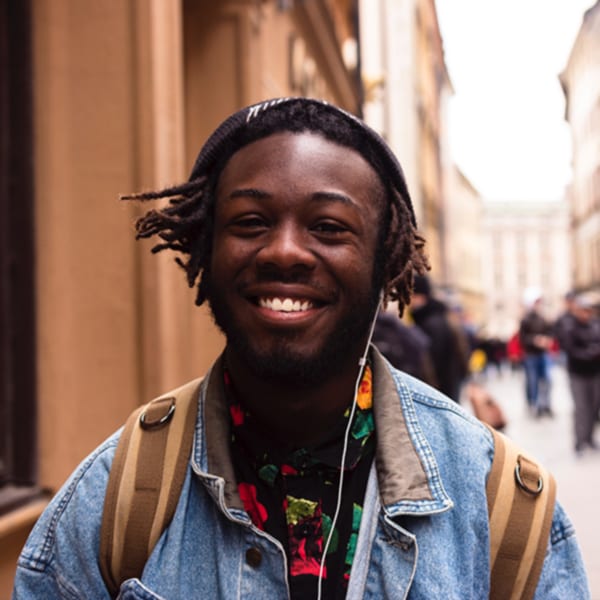
The Innocent
The Innocent is happy and idealistic, promoting an optimistic, feel-good view of the world. Innocent brands want to make us feel hopeful, joyful or warm and fuzzy.
This includes brands like Coca-Cola, Dove or Snuggle, as well as icons like Forrest Gump, Dorothy from the Wizard of Oz and the Dalai Lama.
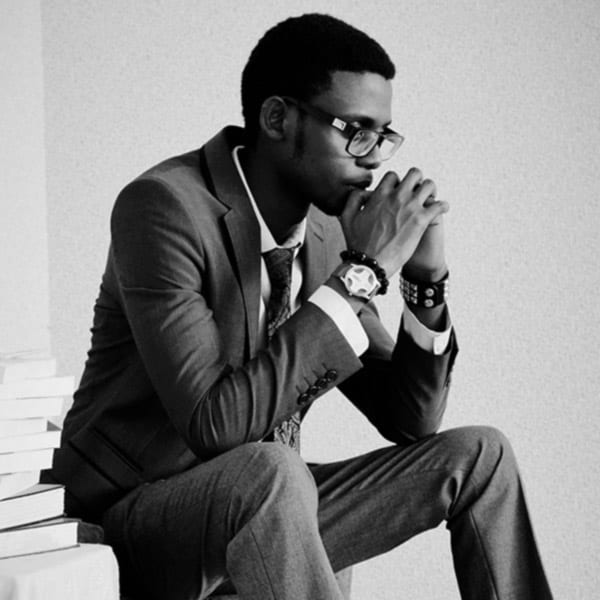
The Sage
The Sage is wise, thoughtful and curious. Sage brands encourage learning, and want to help the world gain insight and understanding.
This includes brands like Google, PBS and the Wall Street Journal, as well as icons like Albert Einstein, Yoda and Neil deGrasse Tyson.
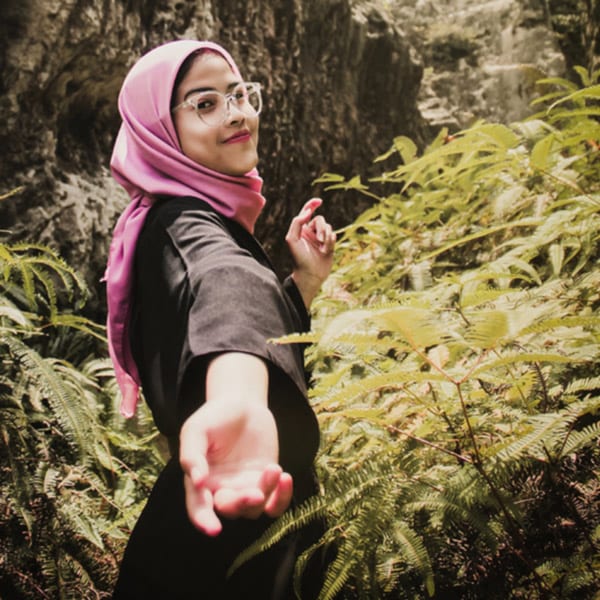
The Explorer
The Explorer is daring and full of adventure. Explorer brands encourage people to seek out new things and push their limits.
It is one of the most recognizable archetypes, seen in brands like Jeep, Nasa & National Geographic, as well as icons like Indiana Jones, Mulan and Amelia Earhart.

The Outlaw
The Outlaw is rebellious, bold and non-conforming. Outlaw brands are always looking to disrupt, shock and defy the status quo.
Popular Outlaw brands include Harley-Davidson, Virgin and MTV, while Outlaw icons include Robin Hood, Che Guevara and Black Panther Angela Davis.
In fact my own brand is 50% Outlaw!

The Magician
This next one is the archetype for my brand. The Magician is a charismatic visionary. Magician brands are skilled at imagining and creating a better future–they want to make dreams come true.
Well-known Magician brands are Disney, TED and Polaroid, and Magician Icons include Oprah Winfrey, Gandalf the White and Genie from Aladdin.
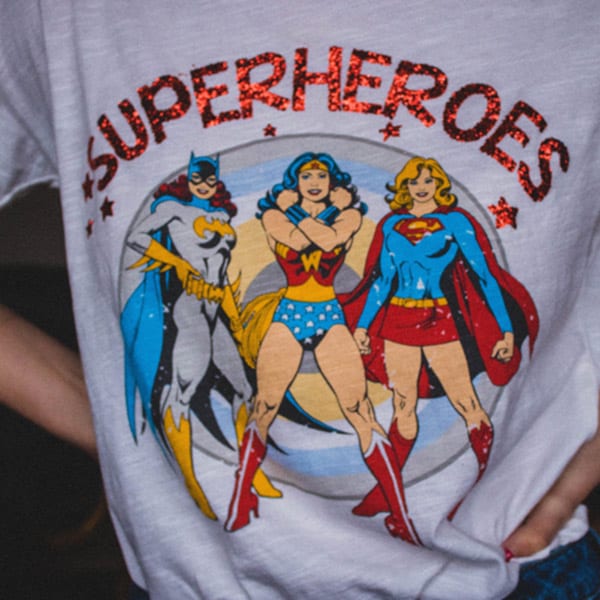
The Hero
The Hero is the most famous of all brand archetypes. Courageous and strong, Hero brands encourage people to become stronger and better so they can achieve great things and improve the world.
It should be no surprise that brands like Nike, Gatorade and the American Red Cross are Hero brands. In addition to well-known “superheroes”, Hero icons include Michael Jordan, Malala Yousafzai and Merida from the movie Brave.
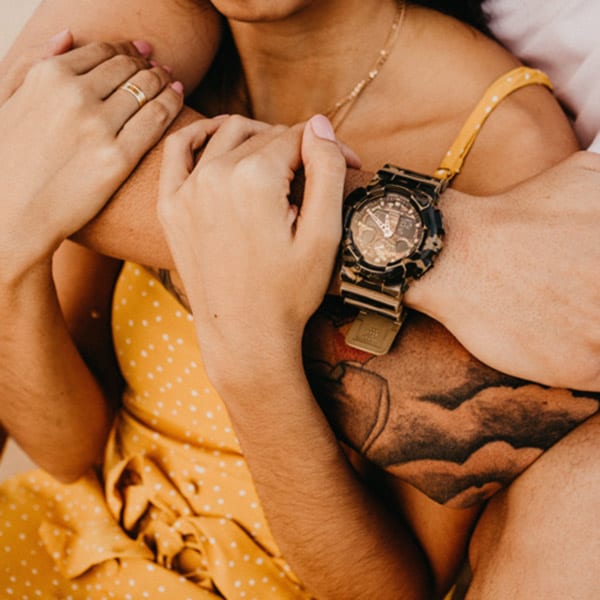
The Lover
As you can imagine, the Lover is affectionate, passionate and romantic. Lover brands want to foster connection and intimacy.
They include Victoria’s Secret, Godiva, Tiffany & Co, and icons like Prince, Marilyn Monroe and Venus de Milo.
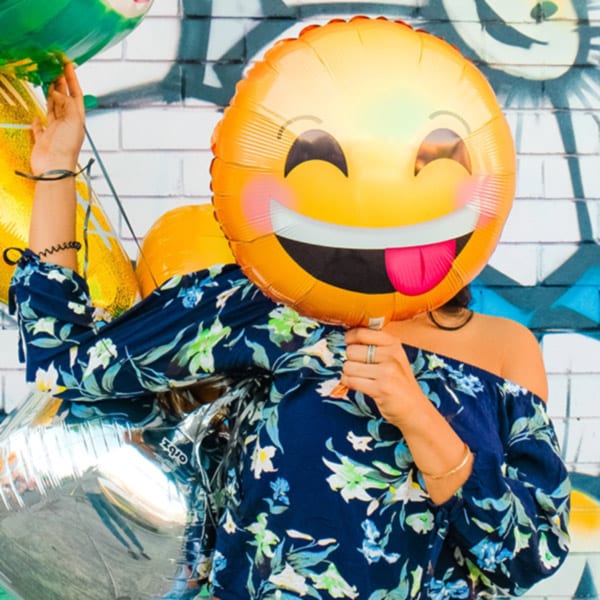
The Jester
The Jester is your classic class clown–funny, irreverent and lighthearted. Jester brands want to bring joy to the world to ensure everyone has a good time.
Popular Jester brands include Ben & Jerry’s, Geico and Old Spice, and Jester icons include Will Smith, Donkey from Shrek and Lucille Ball.

The Everyman
The Everyman, also known as the Average Joe, is down-to-earth, humble and reliable. Everyman brands are all about belonging, and creating a community where everyone is welcome.
This includes brands like Target, Ikea and Levi’s and icons like Homer Simpson, the Average Joe’s in the movie Dodgeball, and Tia & Tamera on the show Sister, Sister.

The Caregiver
The Caregiver is nurturing and compassionate. Caregiver brands want to care for and protect others.
Famous Caregiver brands include Campbell’s soup, Johnson’s Baby and TOMS, as well as renowned icons Mother Theresa, Martin Luther King, Jr., and Princess Diana.
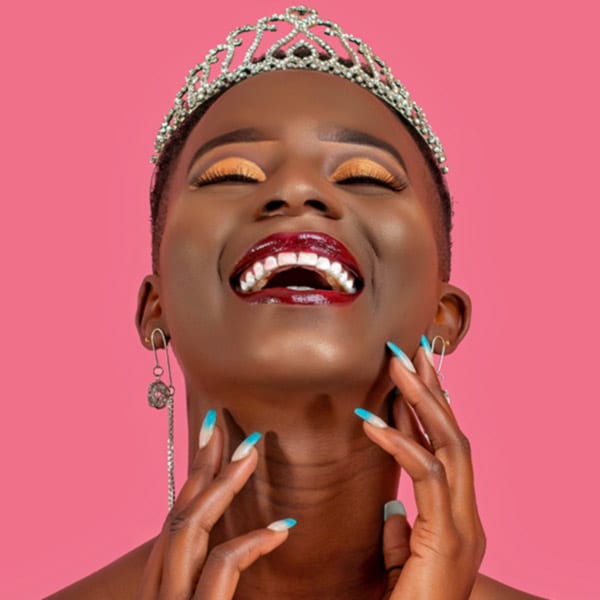
The Ruler
The Ruler is polished, high-class and assertive. The most common archetype of luxury brands, Ruler brands want to create prosperity and success.
Examples include Mercedes-Benz, Rolex and Louis Vuitton, as well as icons like the Godfather, Jackie O. and Cleopatra.
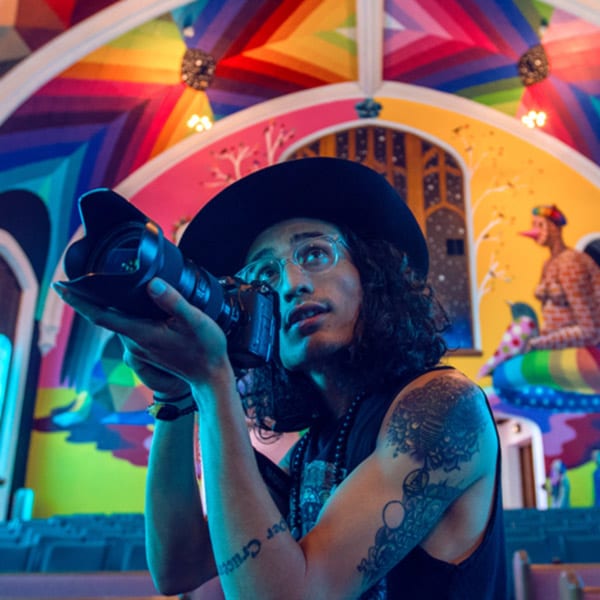
The Creator
Finally, the Creator is artistic and unique. Creator brands are all about using imagination and self-expression to create something of enduring value.
Creator brands include Lego, Adobe and Nintendo, and icons like Frida Kahlo, Steve Jobs and Alice from Alice in Wonderland.
How to find your brand archetype
Which is true to you?
When you read through these, you’re probably getting a gut feeling about which archetype just “gets” you. And that’s great! Listen to that feeling! You know yourself well and you want to lean into the characteristics that resonate with you on a visceral level.
What aligns with what your audience needs?
Now you just have to make sure that matches up to your audience. As I mentioned, the archetypes are rooted in psychology. They automatically prioritize an audience’s emotional needs. So look at which archetype best fills the need for your audience.
What are your competitors using?
We always want to stand out. But if you’re in a crowded space with one predominant archetype (think The Hero in athletics), that doesn’t mean you can’t use it to. Here are three approaches:
- Go disruptive and adopt a totally different archetype to your market.
- Take your own unique approach to the archetype that’s the best fit
- Bring in a secondary archetype to mix it up
How to use brand archetypes in your branding
Use your archetype as creative direction
If your brand archetype is a perfect fit, don’t hesitate to model your brand after it! That’s the point!
You can use these ideas, strategies and psychological meanings to build your branding around. You never want to straight-up copy what’s out there… but you also don’t need to reinvent the wheel.
Use it as inspiration
Unlike stereotypes which are a closed-minded, limiting set of generalizations, archetypes are expansive. They serve as a starting point or a model upon which countless unique identities can be formed.
So use your brand archetype as a jumping off point to brainstorm your unique interpretation. Think about the tone of voice, language and visuals that you could use. You may even want to make a moodboard.
For example: An explorer brand could draw inspiration from Indiana Jones, or astronauts, or ancient seafarers, or modern-day scientists or movies about time-travel or literally anyone pushing the boundaries of their field. Each of these would result in a totally unique brand.
The most important thing is to put it into action. Whichever archetype you choose, live your personality in your brand everyday!
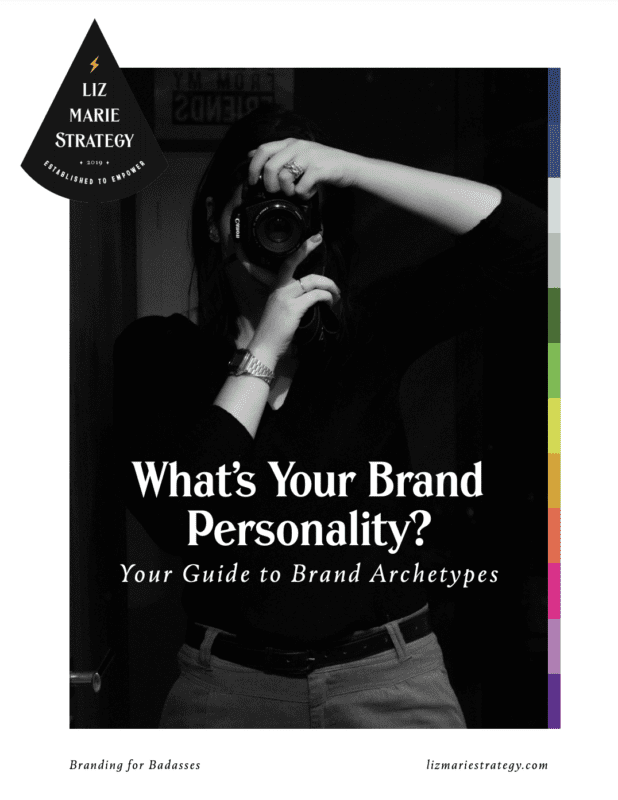
Need a little more help? Download the complete Brand Archetypes Guide!
Get all the details on each brand archetype so you can find the perfect fit for your brand!
